

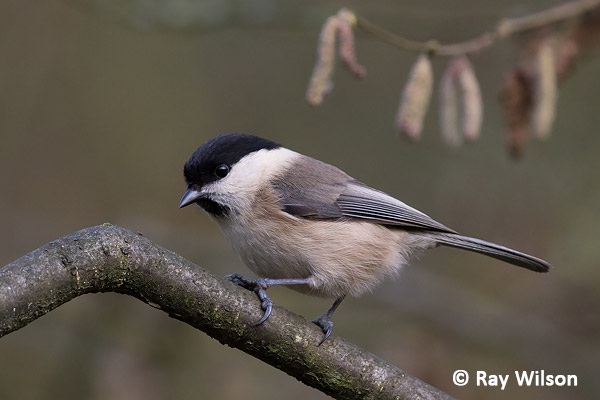
The population of Willow Tits in the UK is less than 50% of what it was 20 years ago and is still rapidly declining. The exact reasons for this population crash are not clear, but it is likely that the usual suspect of habitat degradation and destruction is one of the major culprits.
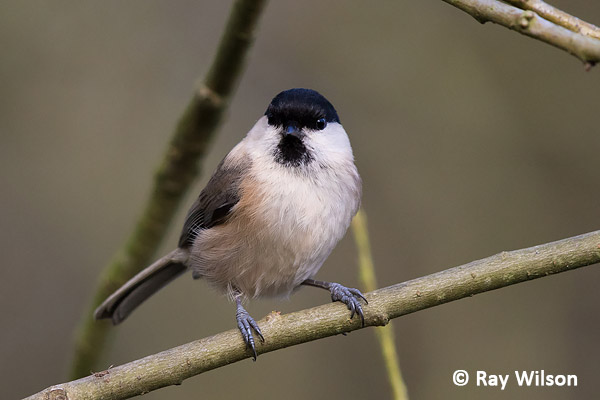
The identification of Willow Tit and its separation from the similar Marsh Tit is not as straight forward as most field guides make out, with many of the usual features quoted in the books, such as presence of white edgings to the secondaries or the size and glossiness of the black cap and bib being extremely variable in both species or their appearance can vary greatly with the prevailing lighting conditions. An excellent article discussing the identification pitfalls of this tricky species pair was published in British Birds a few years ago and a PDF of it can be viewed online here. The summary table on page 614 is particularly worth looking at.
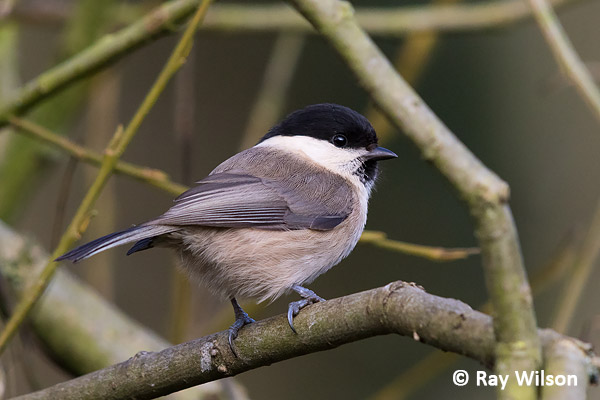
Using the features quoted in the article mentioned above, the individual(s) shown on this page all lack any markings at the base of the upper mandible and have no contrast between the white of the cheeks and hind neck, both features stated as having a high level of reliability in the British Birds article. The obvious white wing panel also points towards Willow Tit but this is not a diagnostic feature in its own right and should only be used as supporting evidence in combination with the more reliable features of cheek/neck contrast and basal bill markings.
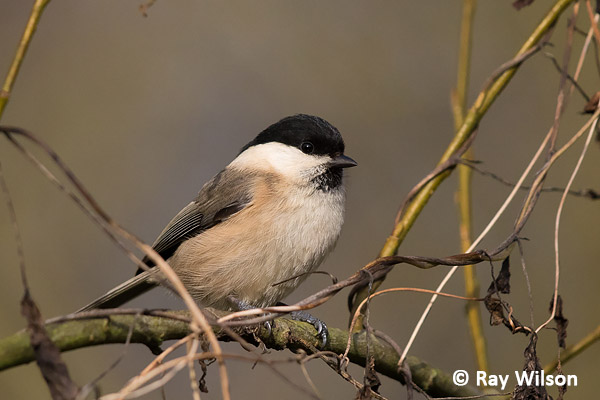
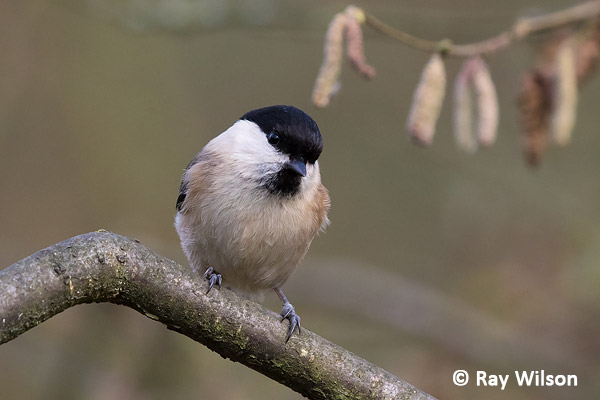
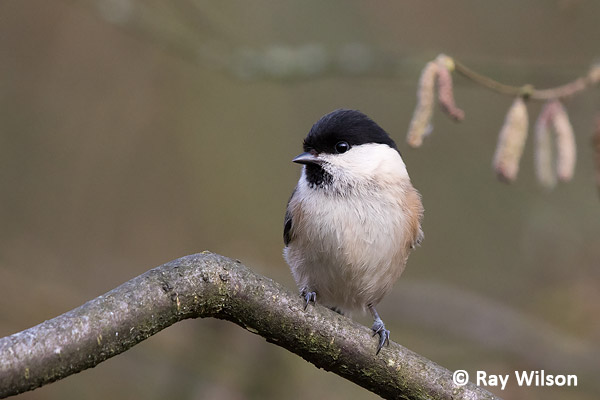

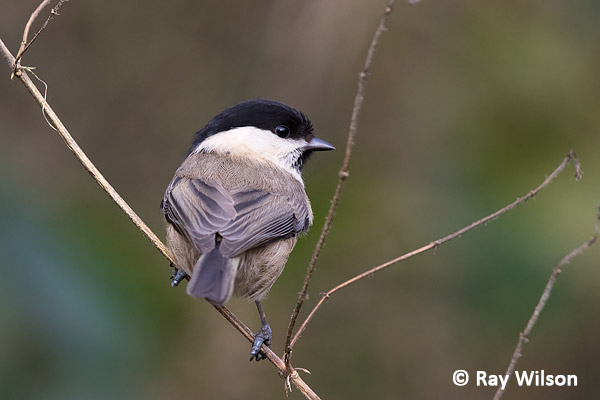
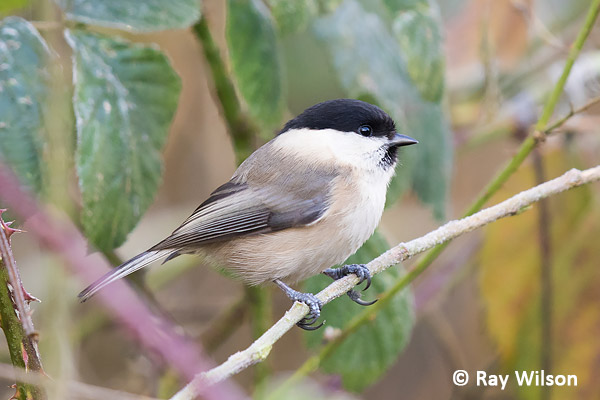
Ray Wilson owns the copyright of all images on this site.
They may not be used or copied in any form without prior written permission.
raywilsonphotography@googlemail.com